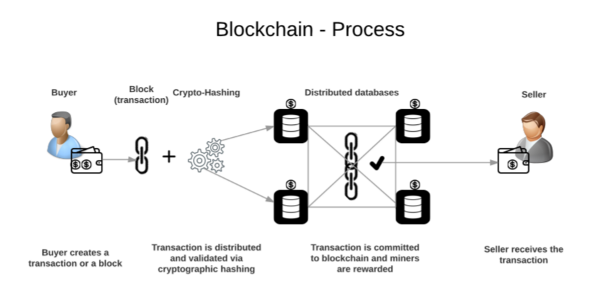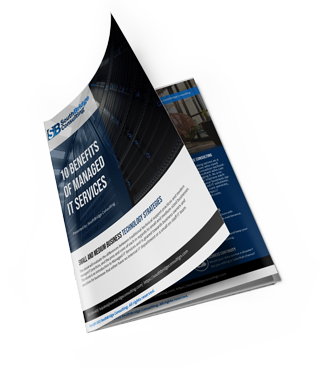Understanding Blockchain
 The Technology Behind Cryptocurrency Will Do Much More In Time.
The Technology Behind Cryptocurrency Will Do Much More In Time.
There are enough new technologies today that it can be hard to keep up with all of them. One technology that is leaving a lasting mark is blockchain. The technology behind the ever-popular cryptocurrency Bitcoin (and every other cryptocurrency), is quickly becoming a household name. Here is a brief look into blockchain technology, how it works, and what kind of innovations businesses can use to make it work for them
What is a Blockchain?
A blockchain is a public ledger system that allows for transparent, secure, and efficient data exchange. A blockchain network is made up of nodes, which are distributed servers of information. Unlike the standard database, all the data that makes up a blockchain are stored in these nodes and spread out . They can accept and process a data transaction from any other node. In doing so, each node shares information about incoming transactions with all the other nodes on the blockchain.
Since this structure follows what is known as a consensus and validation method, any transaction will not process until a majority of the nodes agree on the proposed transaction. If the transaction fails, it will be sent out again until consensus is reached that allows the transaction to complete. If one is never reached, the transaction essentially fails. The graphic below can help you understand a monetary transaction using blockchain technology.

The inherent transparency coupled with the direct exchange provides the most secure construct possible, while leaving a very honest and upfront history of the transactions that have taken place.
How Will Businesses Use Blockchain?
Blockchain technology was created to keep data secure, but there will be several ways that any business can utilize blockchain technology in the future. Some of them include:
- Data sharing - The decentralized framework of a blockchain provides organizations a secure and reliable platform in which to send and receive data. Industries that deal in personally identifiable information such as healthcare, law, and finance can really take advantage of this technology.
- Shipping - Since administrators have a cumulative management of the flow of data with blockchain, each transaction is reliably stored so that both parties have transparent access.
- Cloud storage - Since so much of the storage space made available to users remains unused, a blockchain-based token system can provide organizations of all sizes the secure and reliable cloud storage platform that is cost effective.
- Access control and processing - Setting up a token-based system, you can streamline access due to the inherent security and reliability of the blockchain.
- Payment - The faster information moves, the more viable blockchain-based systems will be for processing traditional payments. Blockchain-based payment constructs have the potential to process billions of error-less transactions per day.
- Supply chain management - Knowing the value of the resources a manufacturer needs to successfully create its products will allow businesses to cut their costs, and improve their procurement process.
- Smart contracts - The ability to set up binding contracts using blockchain-based software is coming. These smart contracts could conceivably store this information on the blockchain, removing any doubt who is expecting what out of a relationship.
As you can see, blockchain technology is one of the most powerful innovations that have come along since the whole world went digital. It is only a matter of time before we are all using blockchain-based systems to replace some of the less reliable systems we have today.
The whole IT industry is talking about blockchain technology. If you would like to know more about technology in general, or how blockchain works, give us a call at (281) 816-6430.
Understanding IT
Our 10 Benefits

This whitepaper will evaluate the differences between traditional technical support practices and modern managed IT practices and the pros and cons of both in regards to small and medium-sized businesses.
